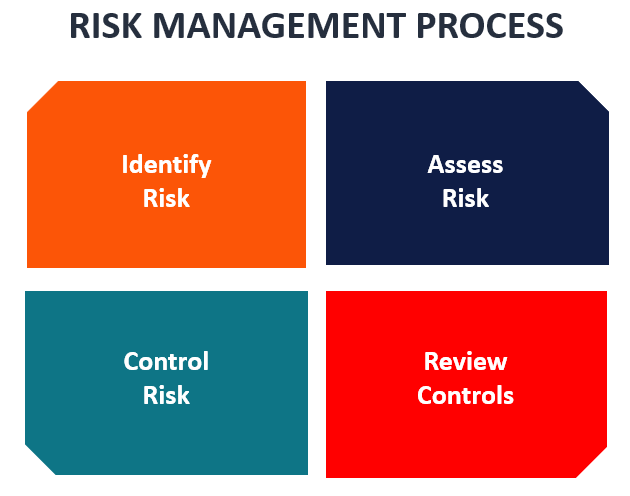The Influence of the Importance of Risk Management on Corporate Governance
The Influence of the Importance of Risk Management on Corporate Governance
Blog Article
The Value of Comprehending the Importance of Risk Management in Various Industries

The Core Concept of Risk Management and Its Function
Risk Management, the keystone of lots of markets, hinges on the identification, evaluation, and reduction of unpredictabilities in an organization atmosphere. By correctly recognizing potential threats, companies can establish strategies to either protect against these threats from taking place or minimize their impact. When risks have actually been recognized and assessed, the reduction process includes devising methods to lower their potential effect.
Benefits of Carrying Out Risk Management in Organization Workflow

Revealing the Function of Risk Management in Different Industries
While every market confronts its special collection of dangers, the application of Risk Management techniques remains a typical denominator in their search of sustainability and development. In the health care industry, Risk Management entails guaranteeing individual security and data security, while in financing, it includes mitigating investment threats and guaranteeing governing conformity (importance of risk management). Building and construction firms concentrate on worker safety and security, job delays, and budget plan overruns. In the innovation field, business minimize cybersecurity dangers and innovation obsolescence. Ultimately, the duty of Risk Management throughout industries is to identify, examine, and reduce dangers. It is a vital component of tactical preparation, enabling organizations to protect their assets, take full advantage of possibilities, and accomplish their purposes. read here
Real-life Study Showing Effective Risk Management
To comprehend the value of Risk Management in these lots of sectors, one can seek to numerous real-life circumstances that illustrate the successful application of these steps. As an example, in the power field, British Petroleum created Risk reduction plans post the 2010 Gulf of Mexico oil spill. They carried out far better safety and security treatments and stricter laws which considerably lowered more mishaps. In a similar way, in finance, Goldman Sachs effectively browsed the 2008 monetary situation by identifying prospective mortgage-backed securities threats early. Finally, Toyota, post the 2011 earthquake in Japan, changed its supply chain Management to lessen disruption threats. These cases demonstrate exactly how sectors, picking up from situations, effectively applied Risk Management methods to minimize future dangers.
Future Patterns and Growths in Risk Management Methods
As the world remains to progress, so as well do the trends and growths in Risk Management approaches. Rapid innovations in technology and information analytics are reshaping the Risk landscape. Huge data and AI are currently crucial in forecasting and minimizing risks. Organizations are leveraging these devices to develop predictive designs and make data-driven choices. Cybersecurity, as soon as an outer concern, has catapulted to the forefront of Risk Management, with methods concentrating on discovery, avoidance, and response. The integration of ESG (Environmental, Social, Administration) variables right into Risk Management is another growing trend, showing the boosting recognition of the duty that social and environmental threats play in company sustainability. Thus, the future of Risk Management hinges on the fusion of sophisticated modern technology, ingenious techniques, and an all natural strategy.
Final thought
In final thought, comprehending the importance of Risk Management across a spectrum of sectors is vital for their durability and prosperity. Tailored approaches can aid minimize possible dangers, safeguard assets, and foster stakeholder trust. Additionally, positive decision-making help in regulatory compliance and enhances source usage. Ultimately, successful Risk Management adds to extra durable and sustainable companies, highlighting the relevance of this method in today's highly competitive and vibrant company environment.
While every industry challenges its one-of-a-kind collection of dangers, the implementation of Risk Management strategies remains a common in their pursuit of sustainability and development. In the medical care sector, Risk Management entails making certain client safety and security and information protection, while in financing, it entails mitigating financial investment dangers and making certain regulatory compliance. Eventually, the duty of Risk Management across sectors is to recognize, assess, and minimize dangers. These cases demonstrate straight from the source just how industries, discovering from dilemmas, efficiently used Risk Management strategies to decrease future risks.

Report this page